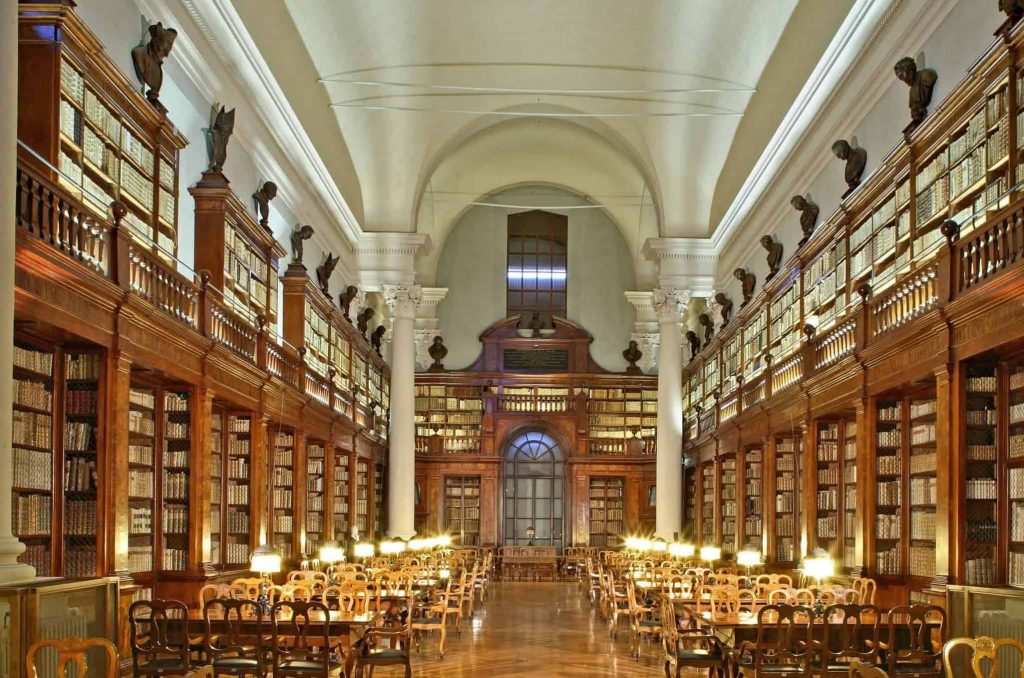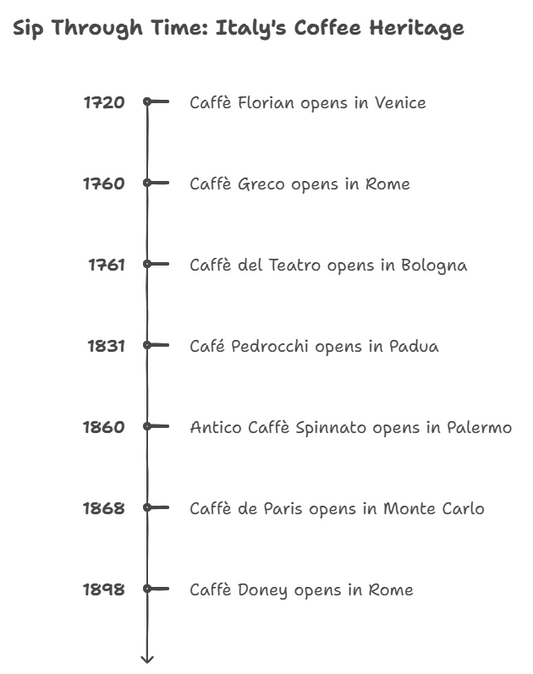Home to some of the world’s brightest minds with the likes of physician Maria Tecla Artemisia Montessori and astronomer Galileo Galilei, some of us might be contemplating the prospect of studying in Italy, also due to other factors.
Decadent dishes, high-class fashion, vibrant city life - you name it. If you are one of us, you are in the right place! This article will be expounding on many key aspects of Italy’s education system for you to have a crystal clear image of what to expect.
Education in Italy is split into- Mandatory education for 6 to 16 years old residents, regardless of their nationality, and split into primary and secondary education.
- Non-compulsory such as pre-schooling, which includes nurseries and kindergartens, and post-secondary schooling. Post-secondary school students can further their studies at universities or by enrolling in non-university modules.
- For foreign language schooling, English is the main focus except for Rome, Milan, and bilingual areas. Such bilingual areas include Trentino Alto Adige and Val D’Aosta which focus on teaching German and French respectively.
3 months - 6 years old: Day nurseries (Asilo Nido) and Kindergartens (Scuola Materna / Scuola Dell’infanzia)

An Italian preschool (Credits: Scuola Italiana di Portland)
Not long after birth, children can attend preschools which normally open from around 8.30 am to 12.30 pm from September to June. Many preschools also have summer sessions in July but they are a separate, extra expense. Although most children in Italy are preschooled due to working parents, numerous parents who are “freer” still send their kids to preschools for holistic development, such as improved socializing and teamwork.
Despite the rather short operating hours, children may stay for extended hours, even up to a whole day! To be entitled to this benefit, parents first need to register their child for the refezione scolastica, a lunch service given by preschools which are often from € 0 to 2.30 per meal. This cost varies according to income group and is higher for non-residents of the school’s municipality.
Speaking of costs, state-run preschools charge lower than private ones but they may vary according to the number of hours the children attend and the nursery itself. Due to the more manageable costs of state-run services though, waiting lists are common due to the surge in demand. For low-income parents, working parents, or parents with handicapped children, are given higher priority.
Other information to take note of is that parents need to sign an authorization document (modulo di autorizzazione) whenever they need someone to help fetch their child. That person needs to bring the form to the school as well.
5.5 - 11 years old: Primary / Elementary schools (Scuola Primaria / Scuola Elementare)

Chiarano Primary School (Credits: ArchDaily)
Enrollment can be done online and registration dates are often released in November yearly. Before enrolling, the child has to be 6 years of age by 31st December of the year in question. Based on the country’s Ministry of Education website, each class size has between 15 and 16 students and the duration of primary education is 5 years.
During this first stage of compulsory education, children’s learning becomes more varied. The first 2 years are meant to develop children’s basic skills such as writing and reading, while the last 3 years are spent introducing them to broader concepts. Compulsory subjects include Italian, English, Mathematics, Natural Sciences, History, Geography, Social Studies, and Physical Education. To add, some schools offer other subjects that could be of interest to students, such as music, religion, computer studies, and visual arts.
Teachers write their assessment of students' academic level and character on their report cards (scheda), which are passed to their next schools. Also, students in their final year need a primary school leaving certificate (diploma della licenza elementare) to progress to lower secondary school. If they have failed to obtain it, they will have to repeat their 5th year.
In terms of the weekly timetable, students often use up 27 hours, and 30 hours in the second year to have more time procuring a foreign language which is mainly English. In the middle of the day, there would be a 1.5-hour lunch break. Most classes are held in the morning, with one or two afternoon classes.
11 - 19 years old: Secondary schools
Secondary schooling is divided into the following 2 stages.
11 - 14 years’ old: Lower secondary / Middle school (Scuola secondaria di primo grado / Scuola media)

Credits: Vicenza Middle School
As an extension of the education done at the primary level, there are now specialized professors teaching the various subjects, which include new ones such as technology and more languages such as French.
At the end of the 3rd year, students have to pass an examination to progress to upper secondary education. For each of the following subjects - Italian, Mathematics, a foreign language, and another foreign language, there is 1 written assessment. Students’ progress is also tracked by an experimental nationally assessed test, in areas such as reading comprehension, oral communication, and reasoning skills. A final grade is a number from 6 to 10, with 10 being the highest grade.
14 - 19 years old: Upper secondary / High school (Scuola secondaria di secondo grado)

Liceo Classico Vittorio Emanuele II (Credits: Wikipedia)
This education is further split into 3 branches. Despite providing common subjects and allowing students to have a chance at tertiary education, the branches have several differences.
|
Branch |
Details |
|
Lyceums (Liceo) |
|
|
Technical institutes (Instituto tecnico) |
|
|
Professional institutes (Instituto professionale) |
|
In addition to covering lower secondary subjects in greater depth, high schools typically offer specialized subjects such as chemistry, physics, philosophy, and Italian literature.
At the end of the final year, students have to pass an examination (esame di maturità / esame di stato) to enter a university. The examination occurs yearly between June and July and is a good gauge of whether one has the knowledge and skills required to excel at a higher educational institution.
19 years old onwards: Post-secondary schools

University of Bologna (Credits: Pava Education)
Italy’s higher education is composed of the following 3 levels.
|
Level |
Duration |
Purpose |
|
1: Diploma accademico di primo livello |
2 to 3 years |
|
|
2: Diploma accademico di secondo livello |
4 to 6 years |
|
|
3: Diploma accademico di formazione alla ricerca |
At least 3 years |
|
Based on a recent report by the Statista Research Department, nearly half of Italy’s high school graduates enroll at a university. In spite of the broad range of disciplines available, most students in Italy pursue economics or engineering. So far, the top 3 Italian universities are the University of Bologna, the University of Padua, and the University of Milan. If you are keen to apply to an Italian university but you are living outside Italy, you should have completed at least 12 years of education. Otherwise, you have to complete your portfolio with a relevant academic certification of the examinations taken.
You can also read our post on top fashion schools in Italy.
Assessments are based on a system of university credits (Crediti Formativi Universitari) which are assigned to all courses in different amounts and evaluate the total student workload needed to pass the examination. This includes class participation, class attendance, theory and practical work, projects, and individual study. 1 credit represents a workload of around 25 hours, and the yearly workload for an average course corresponds to around 60 credits or 1500 hours. Examinations are graded based on a scale of 30, where 18 is the minimum passing score and 30 is the highest score.




